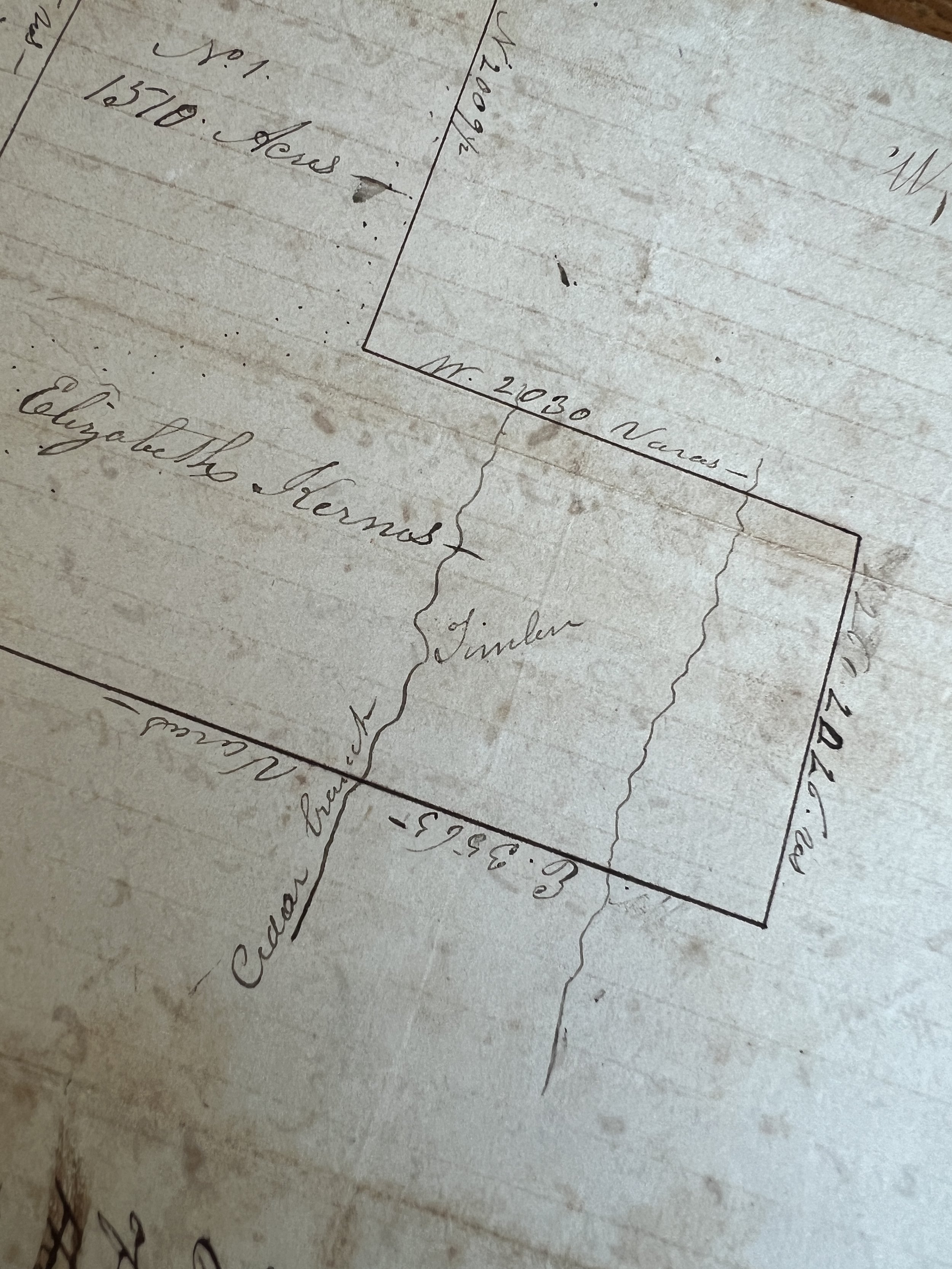➼ History & Context
Created after the Civil War after Congress passed the Army Organization Act in 1866, six all-Black cavalry and infantry regiments became known as the Buffalo Soldiers. Serving across the Western frontier, facing racism and difficult conditions, they earned a reputation for courage and heroism.
Primarily purposed with keeping the peace and protecting the ever-expanding colonizers, the Buffalo Soldier regiments safeguarded railroads, stagecoaches, and wagon trains, and worked to combat the rampant cattle rustling of the time.
Both the 9th and 10th Cavalry were sent to Texas during what was called the “American Frontier Wars” by the US government to support their westward expansion against the Native peoples, and then later sent to Oklahoma to protect the land sovereignty of the Native tribes there. In the 1890s they were then sent to Florida for the Spanish-American War, in which the Buffalo Soldiers further cemented their reputation for valor.
Lesser known but no less important, the Buffalo Soldiers worked to protect the National Parks, fighting wildfires and establishing some of the first park rangers.




















































